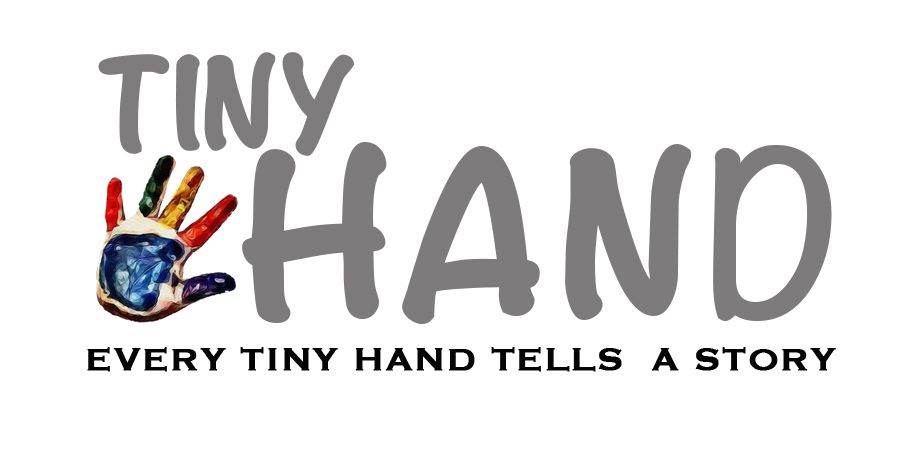Knitting Science
It is not just a single magical stick; they are two knitting pins making Anatomy much more interesting!
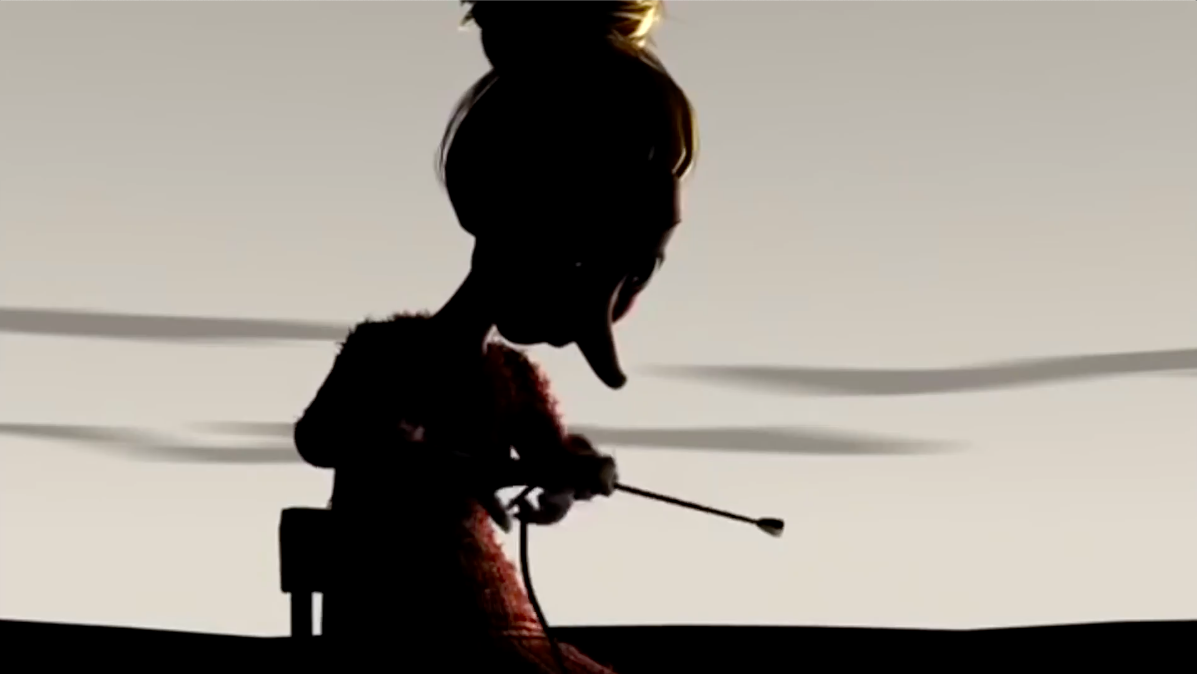
Only two knitting needles, balls of colorful wool, and much passion and patience –these are all the objects a person needs to turn something which some people think is disgusting and unendurable into something that is pretty and interesting.
This is exactly what Emily Stoneking did. The fiber artist utilized her talent for knitting wool in making detailed anatomical illustrations of the human body and several animals.
“I’m Not a Scientist!”
Stoneking’s line of pieces includes 18 different anatomical offerings
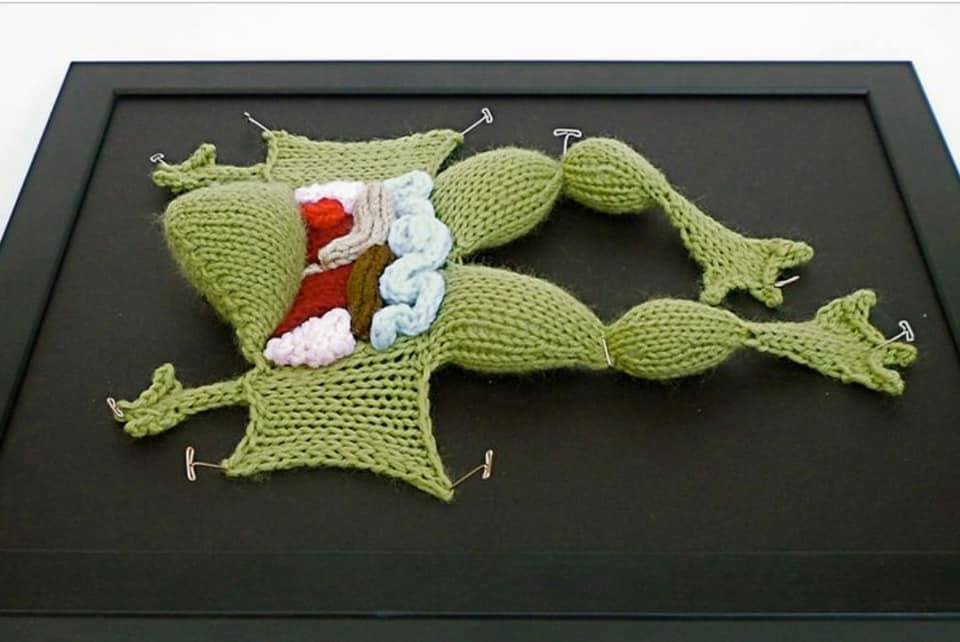
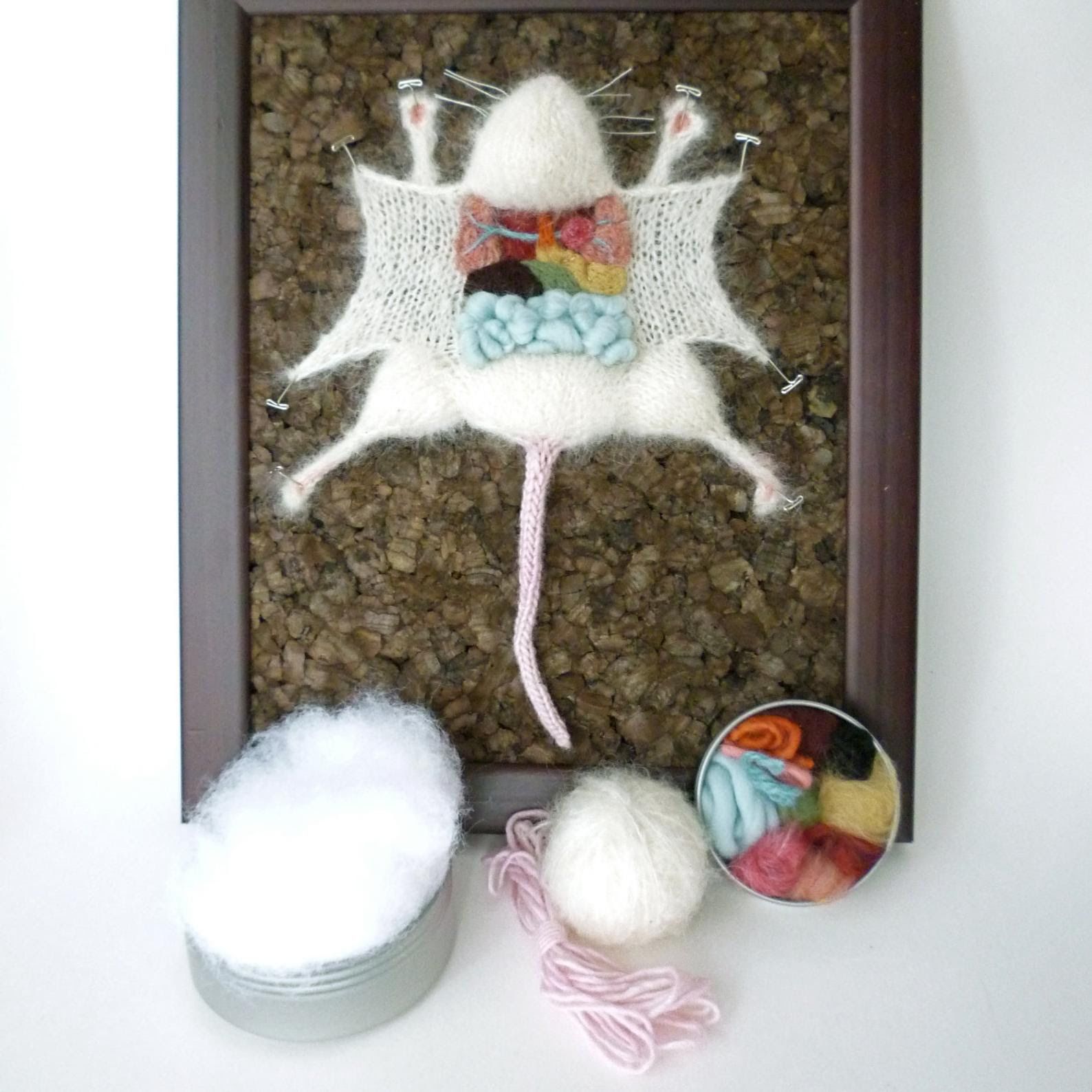
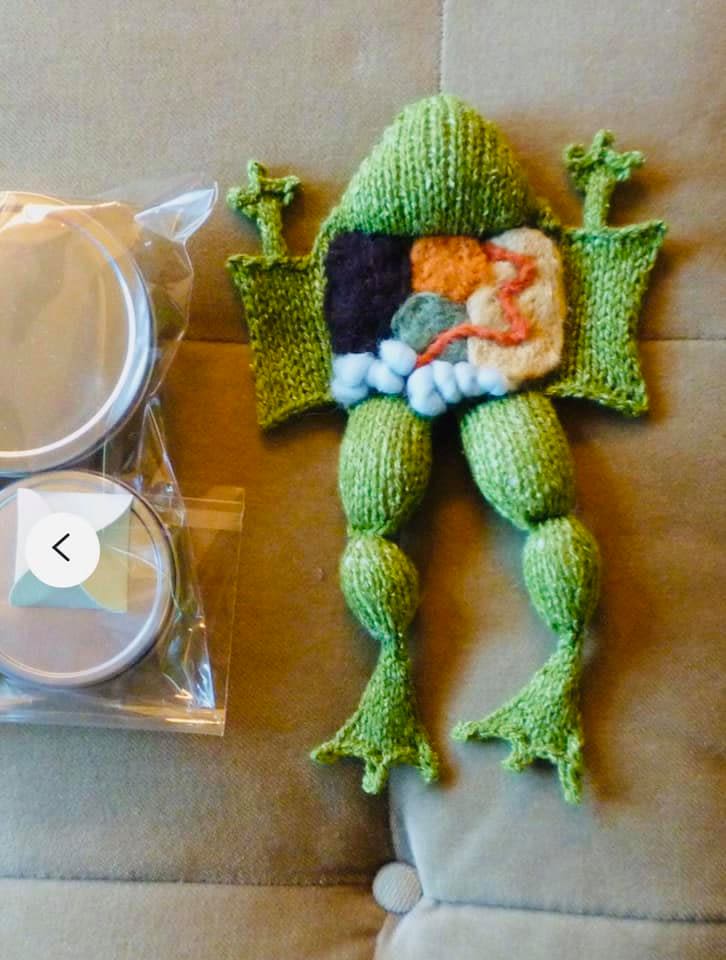
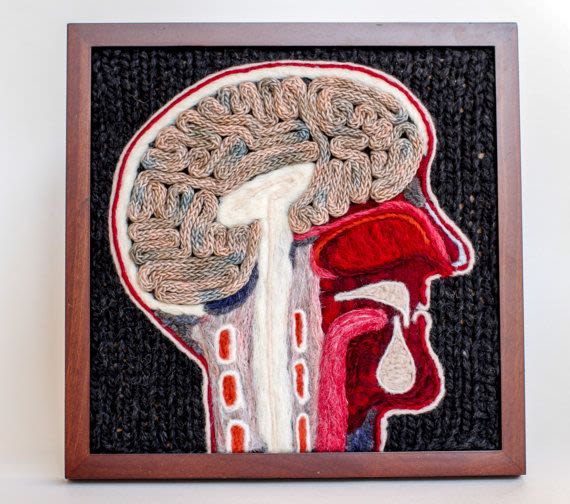
Stoneking’s line of pieces includes 18 different anatomical offerings
Emily has been knitting rabbits, mice, pats, and even human heads and hearts over several years since 2006.
Her current line of pieces includes more than 3000 objects including about 18 different anatomical offerings up till now.
She has done all this without having a formal arts education or even joining a knitting workshop. She has developed her talent on her own.
She is entirely self-taught.
During her undergraduate years, the knitter studied medieval history and German in an American university — it is at this point that she discovered she had a passion for Anatomy.
But how did that happen? In what way are history, wool knitting, and anatomy connected?
“I have always deeply loved medieval and early modern art, and have always had a morbid fascination with early medical and scientific illustrations. I wanted to do something in that vein, so I decided to explore anatomical illustrations in the medium I’m best at, which is knitting!” Stoneking told Tiny Hand.
Stoneking pointed out she is not a scientist and her works are not scientifically accurate but are helpful anatomical tools that make this branch of science interesting rather than disgusting for many people, especially kids.
“My illustrations are not ideal for use as teaching tools. They’re more a loving homage to scientific illustration than a working model. These pieces are more art than exact science, as any real scientist will attest if they look at them.”
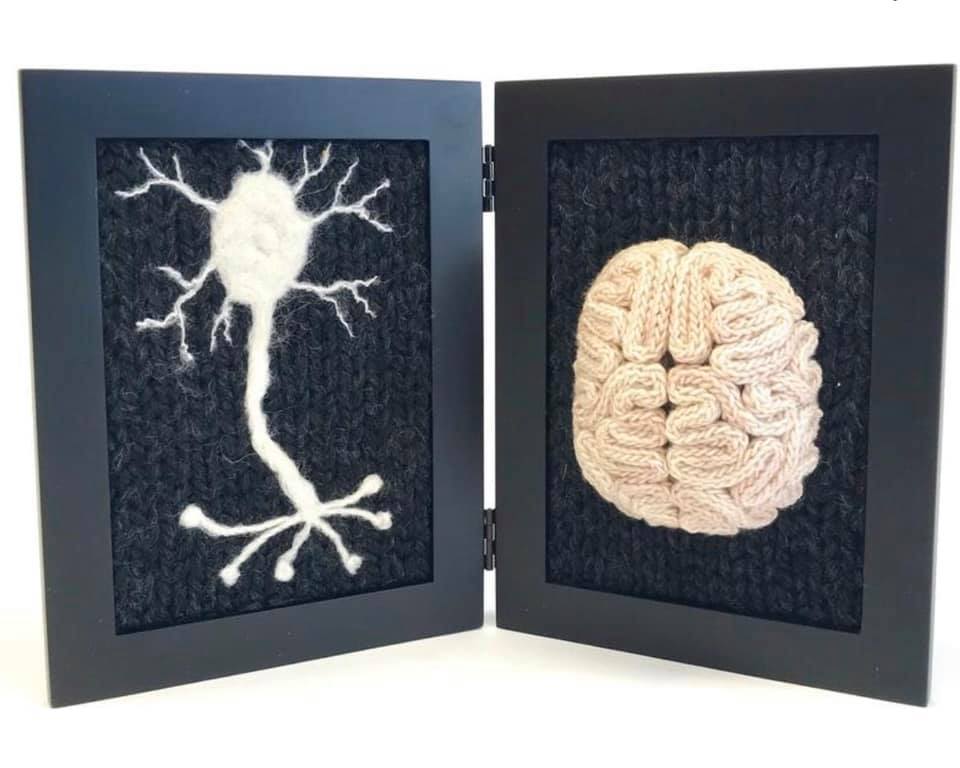
“Anatomy is not only about blood!”
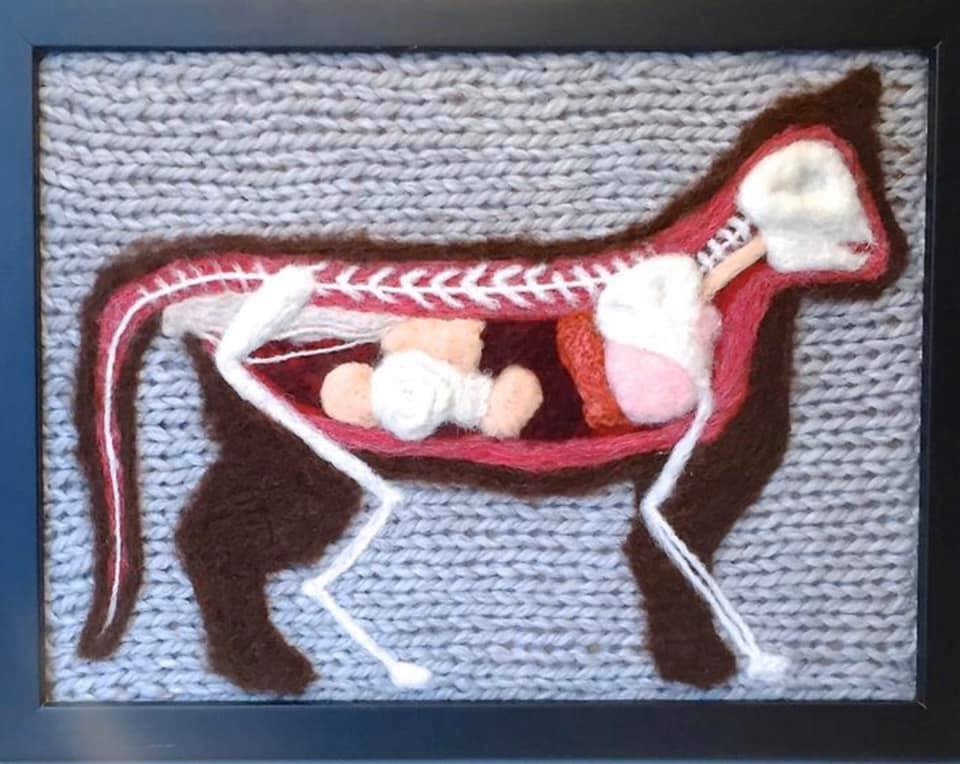
While the thorough study of anatomy, a branch of biology, requires focus, the process of knitting, too, requires sharp focus.
“No one achieves success in doing any activity in life or excels in it unless he or she has a passion for it and profoundly believes in what he or she is doing.”
“I enjoy the knitting itself. The rhythmic clicking and repetitive hand movements is very meditative and relaxing.”
“It does not matter how much time a piece needs to be knitted; the only thing that matters is the final product.”
Knitting anatomical illustrations involves neither blood nor acts of cruelty which is preferable for animal lovers and whoever desires to explore animals’ internal organs through the observation of the threads of wool describing the structure of organisms in detail.
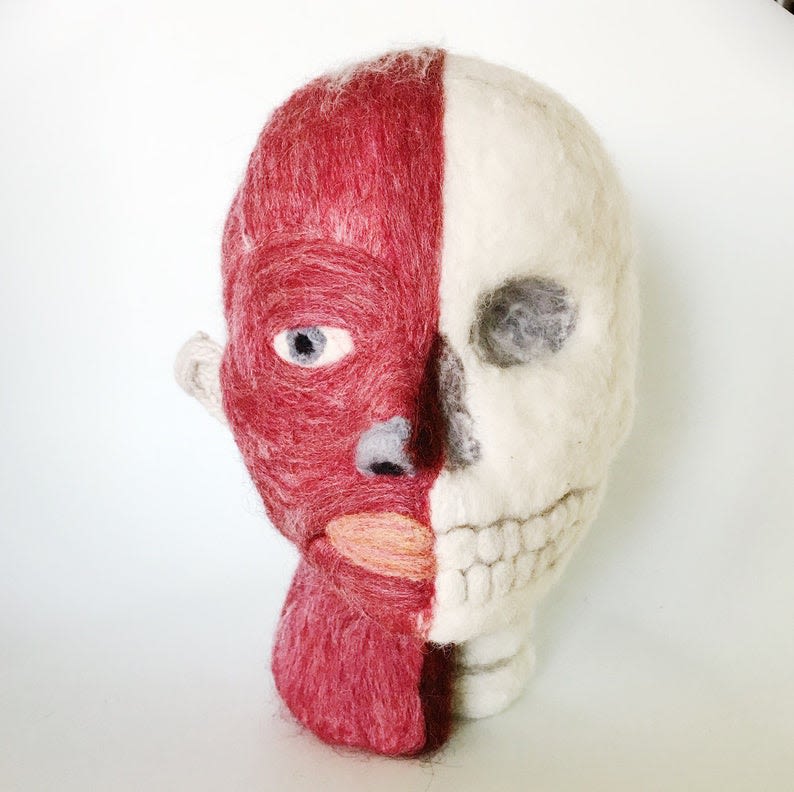
“I wish I had the talent of drawing to be able to provide illustrations similar to those that have inspired me over a long time, but I am not particularly good at drawing or painting, so I decided to knit them with wool!” Emily said.
Stoneking sells her products on Etsy.
She has excelled stained glass production and apprenticed at Ribbecke Stained Glass studios, where she is now a partner. Additionally, the art lover works in collections care at the Fleming Museum of Art.
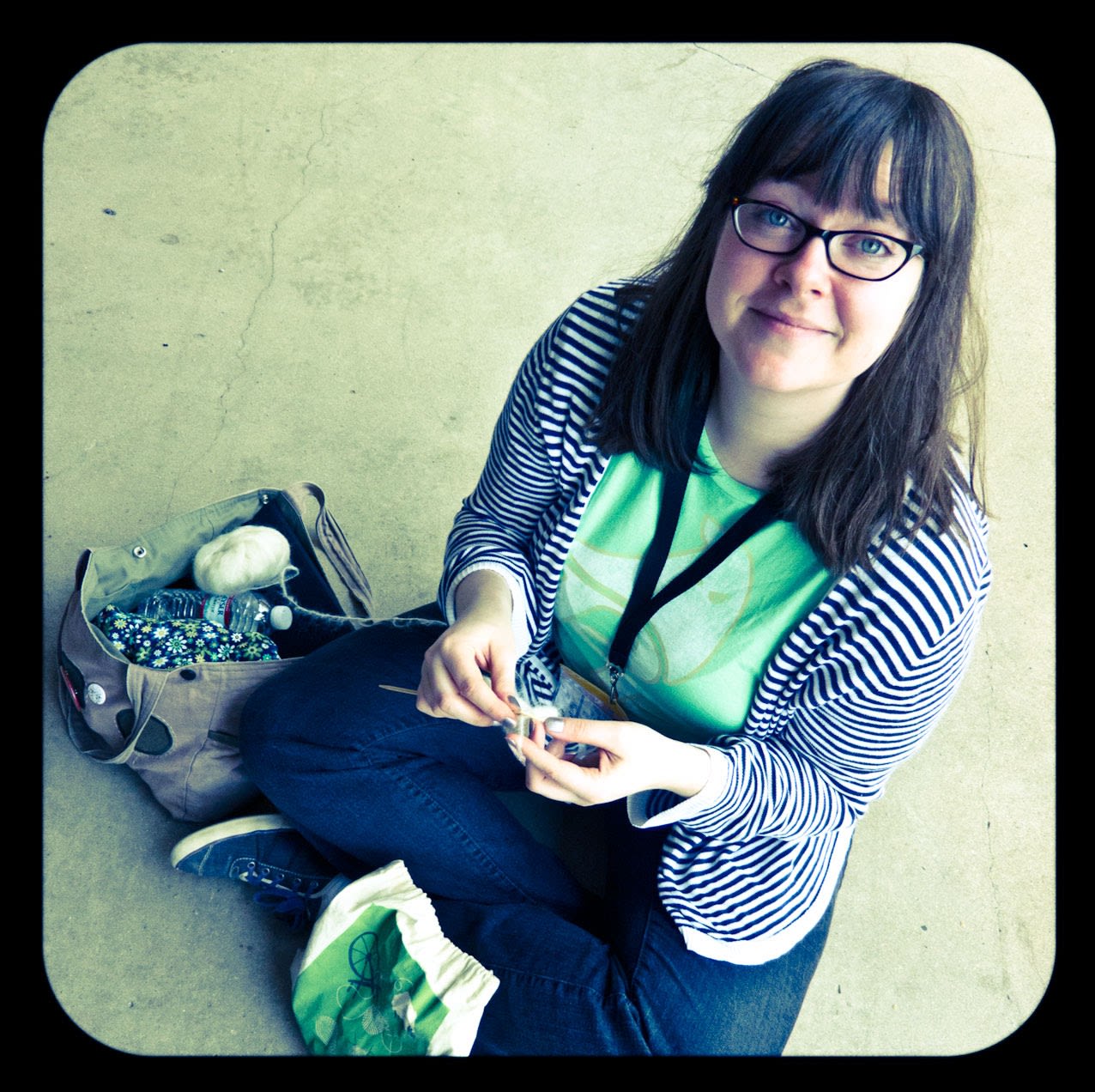
Emily
Emily
“I sometimes get angry emails from folks who find my art to be in bad taste.
But this is not going to stop me. I’m currently dreaming of making a full size human body. Negative comments are always there, but much more often I get notes from people who tell me that they find my pieces impressive and became part of special moments in their lives.”
Emily received a note one day from people telling her they bought the bisected head for their friend who was recovering from a brain tumor. In another not, some of her fans told her they were proud parents who were getting the dissected frog for their child who was graduating from medical school.
“Stuff like that makes me feel quite happy to do what I do,” she said.
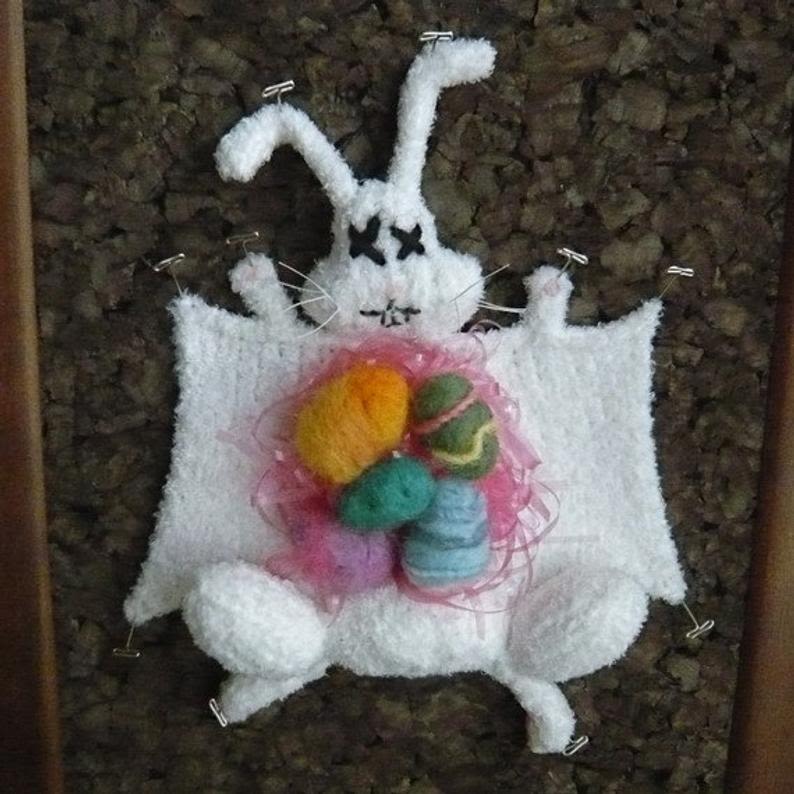
Emily is a person who believes that memories are the most important companions who accompany a person as he or she grows older.
She has not forgotten her visits to her extended family in New Mexico during which she used to walk every afternoon with her cousin to the craft store to buy whatever cheap art supplies they could and drool over all the things they could not afford.
I have a message I love to say to kids
around the world
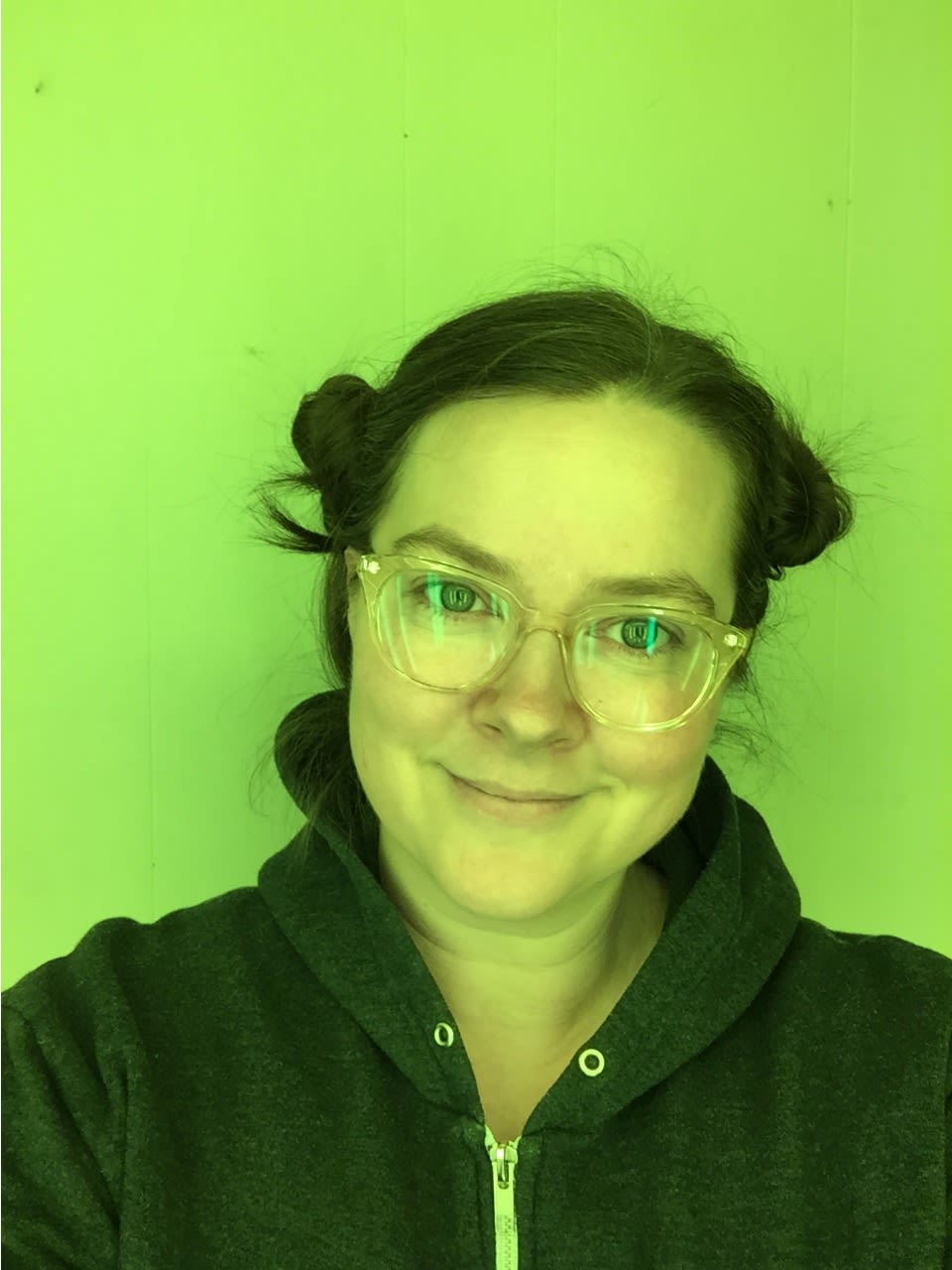
Find the thing or things that you are deeply interested in, and learn as much about it as you can. It doesn’t matter what the thing is that you find fascinating, it doesn’t matter if no one else thinks it’s interesting. If you like it, learn about it, and don’t be embarrassed to be enthusiastic about sharing it with the world!” she said.
